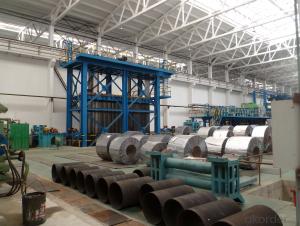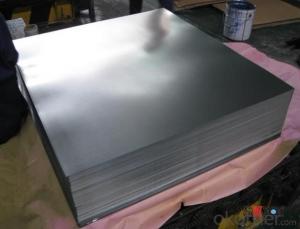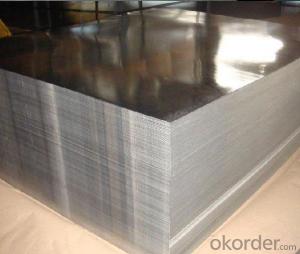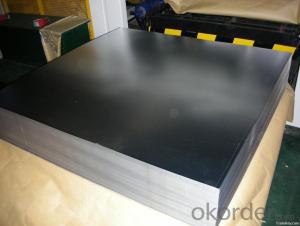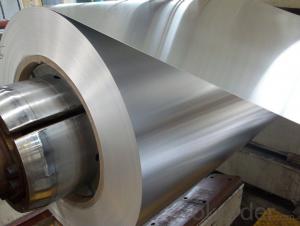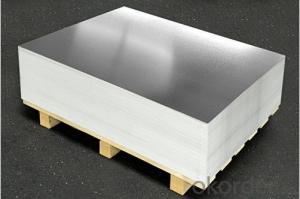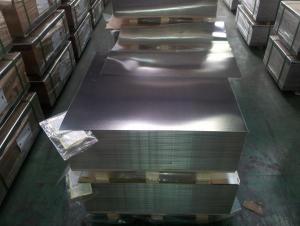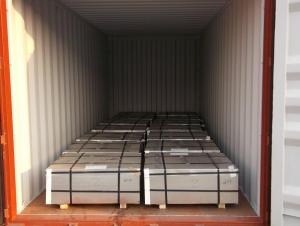Prime Quality Tinplate Sheet for Food Can
- Loading Port:
- Shanghai
- Payment Terms:
- TT OR LC
- Min Order Qty:
- 25 m.t.
- Supply Capability:
- 1000 m.t./month
OKorder Service Pledge
OKorder Financial Service
You Might Also Like
1.Structure of Description
Electrolytic Tinplate Sheets is one of the metal packing materials, which is widely used for making painting cans ,chemical package cans , electrical cable ,battery and metal printing etc.
2. Main Features
Steady and high quality
Fast shipment
Good experience for export work
For the surface, Plate uniform in thickness,uniform and smooth tin coating, without flaws,rusts,scratch,wave,nick of tin coating etc.
Price competitive
3. Images
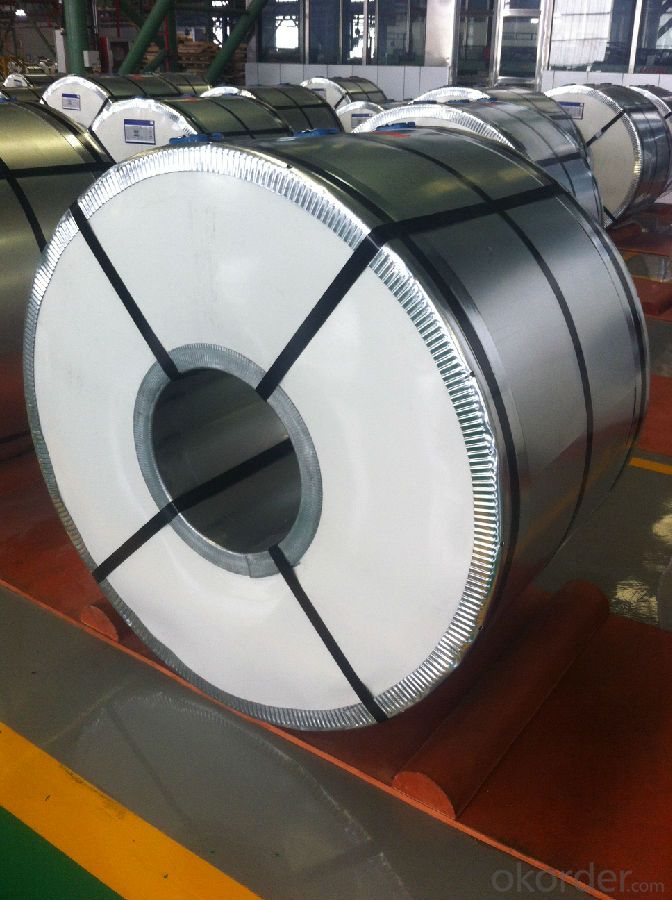
4. Specification
Standard : GB2520-2000 ,JIS G3303
Steel type : SPCC
Coating : 2.8/2.8
Surface: Bright, Stone ,
Thickness:0.31
Width :600MM~1000MM
Temper : T1~T5
Package: tinplate wrapped completely with an inner cover of plastic or waterproof papers with vorners protected with metal angels.
5.FAQ
A. What is the package of tinplate? (Referred as below)
For sheets, thin plastic film + rust-proof paper + metallic cover + metallic angles+ steel band strips + fumigated wooden pallet.
For coil, thin plastic film + rust proof paper + metallic cover + steel band strips + fumigated wooden pallet
B. The surface of tinplate could you supply?
Stone finish, Bright finish, Matte finish, Silver finish
C. What quantity is the minimum order of tinplate?
Usually, the minimum quantity is 25MT. For special case, consult with us.
D. Can it make to be BA or CA for annealing?
Yes, both can do with.
- Q: What are the main innovations in tinplate manufacturing?
- One of the main innovations in tinplate manufacturing is the development of continuous annealing technology. This process allows for a more efficient and precise heat treatment of tinplate, resulting in improved mechanical properties and better coating adhesion. Additionally, the introduction of advanced coating systems, such as chromium-free passivation, has provided a more sustainable and environmentally friendly option for preserving the tinplate's surface and enhancing its corrosion resistance. Moreover, advancements in printing and decorative techniques have enabled manufacturers to create more visually appealing tinplate designs, catering to the evolving demands of consumers.
- Q: How does tinplate compare to plastic in terms of durability?
- Tinplate generally offers better durability compared to plastic. It is a sturdy material that can withstand external pressures and resist dents or breakage. Additionally, tinplate is less prone to cracking or warping over time, offering a longer lifespan for products made from it. On the other hand, plastic can be more prone to scratches, cracks, and degradation over time, making it less durable than tinplate.
- Q: How does tinplate contribute to the aesthetics of furniture?
- Tinplate contributes to the aesthetics of furniture by adding a unique and visually appealing element. Its shiny and reflective surface can enhance the overall look of furniture, giving it a modern and stylish appearance. Additionally, tinplate can be easily customized and decorated with various patterns and colors, allowing for endless design possibilities and the creation of eye-catching furniture pieces.
- Q: How does tinplate contribute to the conductivity of electrical components?
- Tinplate contributes to the conductivity of electrical components by acting as a protective coating, preventing corrosion and oxidation of the underlying metal. This ensures a consistent flow of electrical current and enhances the overall conductivity of the component.
- Q: What is the process for printing on tinplate?
- The process for printing on tinplate typically involves several steps. First, the tinplate sheets are cleaned and coated with a layer of primer to ensure proper adhesion of the ink. Then, the desired design or artwork is printed onto the tinplate using specialized printing techniques such as lithography or offset printing. After the printing is complete, the tinplate is usually coated with a protective varnish or lacquer to enhance its durability and resistance to corrosion. The printed tinplate sheets can then be further processed into various products, such as tin cans or decorative tin containers.
- Q: How does tinplate contribute to the overall aesthetics of packaging?
- Tinplate contributes to the overall aesthetics of packaging by adding a sleek and premium look to products. Its smooth surface and high reflectivity enhance the visual appeal, making the packaging stand out on shelves. Additionally, the ability to print vibrant colors and intricate designs on tinplate further enhances the attractiveness of the packaging, making it visually appealing to consumers.
- Q: Can tinplate be formed into different shapes and sizes?
- Yes, tinplate can be easily formed into various shapes and sizes due to its malleability and flexibility.
- Q: What are the common safety features for tinplate packaging?
- Some common safety features for tinplate packaging include tamper-evident seals, child-resistant closures, and durable construction to prevent breakage or leakage. Additionally, many tinplate packaging products are also made with food-grade materials to ensure the safety of the contents.
- Q: What are the different methods of labeling and branding on tinplate packaging?
- There are several methods of labeling and branding on tinplate packaging, including direct printing, lithography, embossing, and labeling with adhesive labels. Direct printing involves printing the design directly onto the tinplate using ink or paint. Lithography is a high-quality printing process that involves transferring the design onto the tinplate using a series of rollers. Embossing creates raised or recessed designs on the tinplate by pressing it with a die. Lastly, labeling with adhesive labels involves applying pre-printed labels onto the tinplate surface.
- Q: Why tin tin plating?
- In nature, tin is seldom free, so there are few pure metallic tin. The most important tin ore is cassiterite, chemical composition of two tin oxide. This copper smelting tin, iron, aluminum is easy, as long as the cassiterite together with burning charcoal, charcoal will be put out in cassiterite tin reduction. Obviously, the ancient people tin place if there is fire burning when grilled wild animals, the earth would be charcoal reduction of cassiterite, tin silver and melted will flow out. Because of this, tin was discovered long ago.
Send your message to us
Prime Quality Tinplate Sheet for Food Can
- Loading Port:
- Shanghai
- Payment Terms:
- TT OR LC
- Min Order Qty:
- 25 m.t.
- Supply Capability:
- 1000 m.t./month
OKorder Service Pledge
OKorder Financial Service
Similar products
Hot products
Hot Searches
Related keywords
